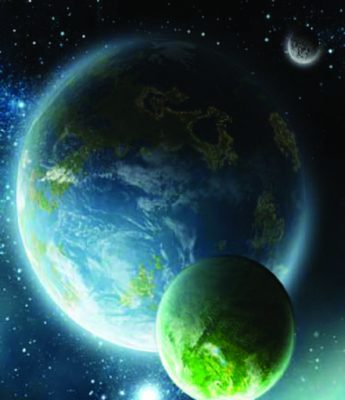WASHINGTON (TIP): Even as astronomers search for extraterrestrial life in planets that look a lot like Earth because of presence of oxygen, some such planets may not be habitable because of intense heat during their formative years, says a study. Some planets close to lowmass stars – prime targets in the search for extraterrestrial life – likely had their water and atmospheres burned away when they were still forming, the researchers found through computer simulations.
Low-mass stars, also called M dwarfs, are smaller than the sun, and also much less luminous, so their habitable zone tends to be fairly close in. “All stars form in the collapse of a giant cloud of interstellar gas, which releases energy in the form of light as it shrinks,” said Rodrigo Luger from University of Washington. “But because of their lower masses, and therefore lower gravities, M dwarfs take longer to fully collapse – on the order of many hundreds of millions of years,” Luger explained. Planets around these stars can form within 10 million years, so they are around when the stars are still extremely bright. “And that is not good for habitability, since these planets are going to initially be very hot, with surface temperatures in excess of a thousand degrees.
When this happens, your oceans boil and your entire atmosphere becomes steam,” Luger added. The researchers noted that M dwarf stars emit a lot of Xray and ultraviolet light, which heats the upper atmosphere to thousands of degrees. A side effect of this process could lead to huge oxygen build-up in the planets. “Because of the oxygen they build up, they could look a lot like Earth from afar – but if you look more closely you will find that they are really a mirage; there is just no water there,” Luger added.
INTENSE HEAT KILLED LIFE ON SOME EARTH-LIKE PLANETS
